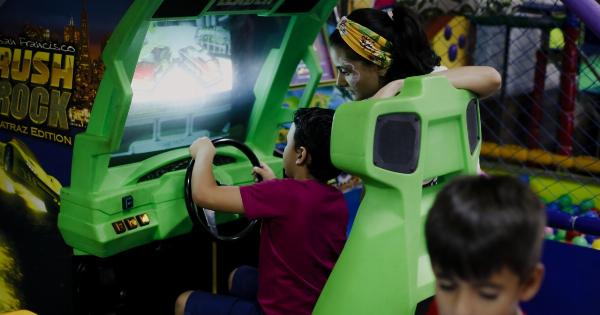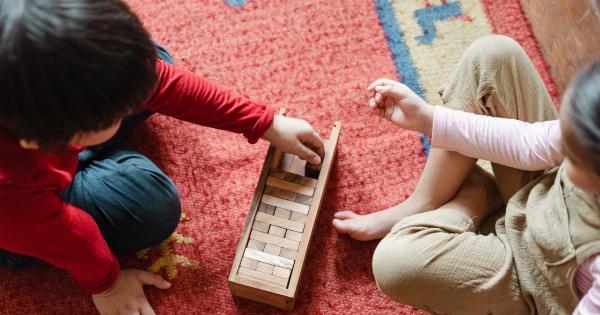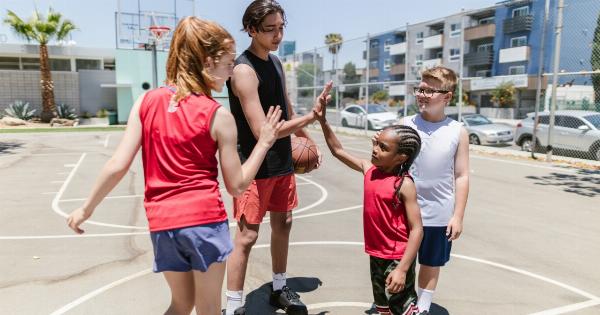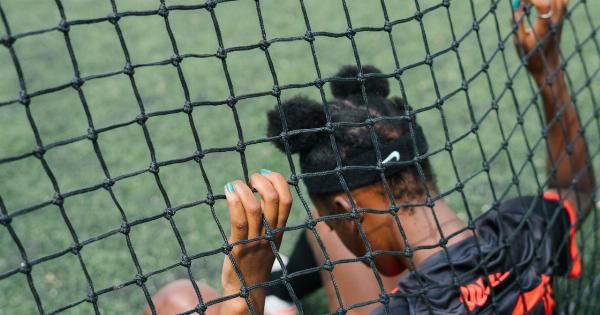When your child is comfortable and playing on the floor, sitting in a W-shaped position can be a common and convenient way to sit. However, this position, when prolonged, can cause serious health issues for your child.
In this article, we will discuss the dangers of sitting in a W-shaped position and how to prevent it in your child.
What is W-Sitting?
W-sitting is a sitting position where knees are bent, feet are turned outwards, and the buttocks are touching the floor between the legs, resulting in a W shape.
W-sitting can also occur when a child sits on their feet, or with legs to the side and bottom on the floor.
Why Is W-Sitting Bad?
W-sitting can lead to a range of problems, particularly concerning a child’s physical development. Below are some dangerous consequences of prolonged W-sitting:.
1. Delayed Development
Children who sit in a W-shaped position more regularly might experience delays in their gross motor development.
When W-sitting, children excessively put weight on their joints, particularly in the knees, and this could result in weakened muscle response. This can lead to difficulties with essential activities such as balance, running, and jumping.
2. Orthopedic Conditions
Continuous W-sitting could cause orthopedic conditions like hip dislocation, knock-knees, and pigeon-toes.
W-sitting can create structural changes in muscle fiber and tissue development that, if left unchecked, might damage normal muscle and bone growth. As a result, children could suffer from chronic muscle and joint pain and even sprain injuries, affecting their movement and flexibility.
3. Postural and Spinal Issues
W-sitting can lead to bad posture, lower back pain, and spinal issues. As we mentioned earlier, when your child sits in a W-shape position, they place strain on their spine, pelvis, and lower back.
This could lead to recurring spinal pain and misalignment if left uncorrected over some time.
Preventing W-Sitting in Your Child
Avoiding or correcting W-sitting can help ensure that your child develops strength and flexibility, avoids injury, and avoids long-term spinal issues. Below are ways to prevent your child from adopting W-sitting:.
1. Encourage Good Sitting Habits
When sitting on the floor, encourage your child to sit with their legs crossed or in a “pretzel” position, with one foot up on the opposite knee.
When sitting at a desk or table, ensure that your child’s feet are touching the floor, and their knees are at a 90-degree angle. This will help keep their spine, pelvis, and hips in proper alignment.
2. Use Chairs or a Small Stool
If sitting on the floor, provide a small chair or stool for your child to sit on. If you don’t have a stool or a chair, a rolled-up towel can work as a proper prop to raise their seating height when playing on the floor.
3. Engage Your Child in Healthy Activities
You can support healthy muscle and joint development by getting your child involved in activities such as dance classes, playing catch, and swimming, to stimulate healthy growth and development.
These activities can help improve their hand-eye coordination, promote strength and flexibility, and limit the risk of W-sitting as much as possible.
4. Offer Supports
If your child is struggling to remain in a healthy sitting position, try implementing supports for added stability.
A rolled-up towel can be placed under your child’s knees while sitting to prevent W-shaped sitting and protect their joints and muscles. Additionally, you can use a standard pillow to prop them up while playing or watching TV. This also helps to encourage proper posture and spinal alignment.
Conclusion
W-sitting can have dangerous and long-term consequences on your child’s physical development, and it should be discouraged at every turn.
Encourage good sitting habits, stimulate healthy activities, provide supports, and correct your child’s sitting position when needed. By following the above guidelines, you can help prevent your child from adopting W-sitting and promoting their healthy growth and physical development.





























